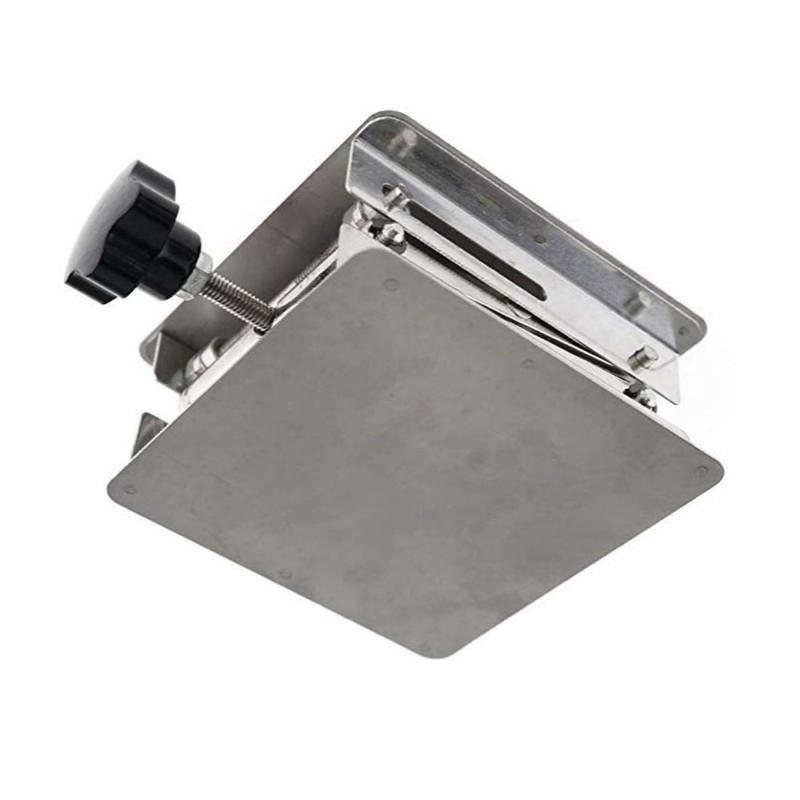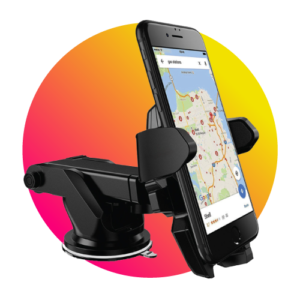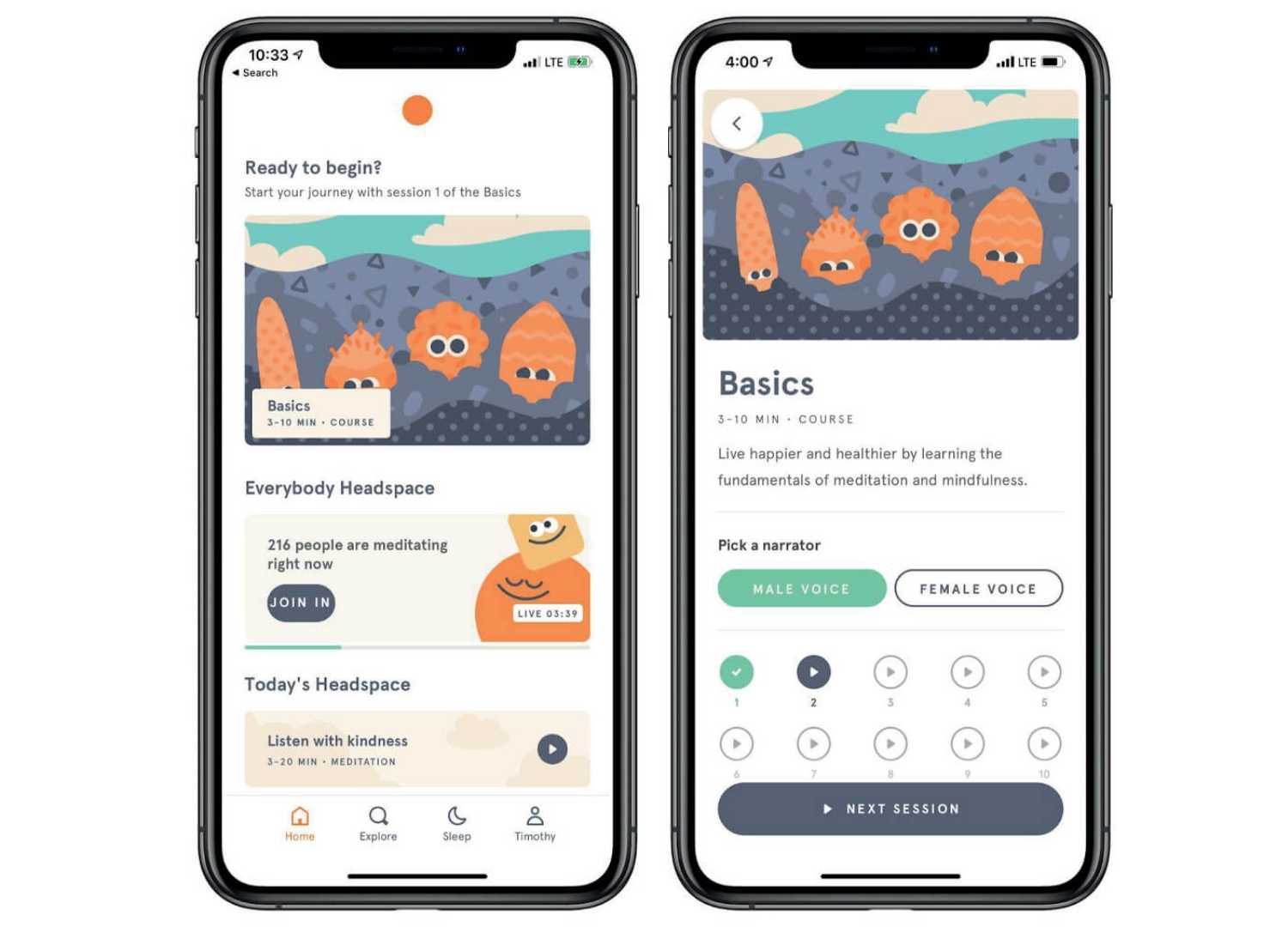
In this article we have reviewed the best car interior accessories. Read on for our top picks. Also, learn how much they cost. This article will help you decide if the product is worth its price. We have compiled a list with 10 essential accessories that you must have for your car. We also explain how to choose the best one for your needs!
10 premium products for car interior accessories
You are likely to think about price, powertrain, features, as well as the interior when purchasing a new vehicle. All of these aspects are important but some parts of a car will quickly become obsolete. Interior accessories are one of the things that quickly gets outdated. These items can help keep you safe on the road and make your daily commute more comfortable. These are 10 things to remember.
One of the best car accessories for a trip is a travel pillow. A small U-shaped cushion that is small enough to fit in the back of the car allows for a more comfortable sleeping position. Another great car accessory is a vacuum cleaner. A vacuum cleaner will help remove dirt and microbes that can build up inside cars. A cordless vacuum makes it easier. For those who are always on the move, a travel pillow is a great choice.

Cost of car interior accessories
If you're looking for the best quality car interior accessories, you'll need to know how to get them without spending a fortune. The market is split into five key regions: North America, Europe, Asia-Pacific, and Middle East & Africa. The interior car accessories market is expected to dominate the North American market over the forecast period. Europe will grow at a slightly faster rate, with an expected 5.4% CAGR for the forecast period.
The addition of seat covers to your interior can add style and sophistication. You will also enjoy a better driving experience with seat covers. They keep your coffee hot in winter and your car cool summer. Auto Accessories Garage offers a variety of car interior accessories, including storage solutions as well as sun shades and windscreen sunshades. Storage accessories are a great way to reduce clutter. Protect your dashboard from heat damage and cracks with windshield sun shades. Many interior accessories for cars can be found at very low prices.
Car interior accessories are durable
Despite the economic crisis, the car interior accessories market has been experiencing steady growth. The market for car accessories will be boosted by the increased popularity of pickup truck sales and increasing passenger car sales. This is expected boost sales of car seat covers, headrests/dash kits, belts, and other accessories for interior cars. The market statistics below will give you a better idea of its potential size.
In the US tuning or customizing cars is becoming more popular. Spanish car accessories manufacturers will benefit from the rising demand for car customization. Seat covers, floor mats, and electronic accessories are the most popular types of interior car accessories. The key players in the market are suppliers and manufacturers. There are differences in profit margin percentage. Some manufacturers offer a selection of products that can all be customized to meet individual consumer preferences.

Interior accessories for cars that are safe
While accessories for cars add style and convenience to vehicles, they could pose safety threats. While car manufacturers build cars with safety in mind, these supplemental parts often fall short of these standards. Here are some examples of accessories which can pose safety risk. Music horns used in vehicles can be distracting and dangerous for drivers. Music horns should not be used in vehicles, as they can distract or distract drivers.
It is essential to keep your car clean. A travel pillow is an essential accessory for travelers and can help create a comfortable sleep position even in small vehicles. A vacuum cleaner is another useful car accessory for removing dust and microbes. A cordless vacuum cleaner is better for cleaning. An excellent accessory for your car is the headlamp defogger. Although it may seem unnecessary, a car vacuum can increase your visibility and reduce road rage.
FAQ
What length is an automotive mechanic apprenticeship?
A three-year apprenticeship in automotive mechanics takes. This includes two years in school and two as an apprentice. The first year is used to learn all aspects of the trade including safety procedures and theory. This year, you will also learn how to safely and efficiently use tools. After the first year, a second year will be spent on-thejob training. This year you'll get experience in different trades. These years will offer you the opportunity to attend formal classes.
The final year of this program is spent in obtaining qualifications and becoming certified in your field. These include NVQs, which are obtained after passing industry-specific exams. In addition, there are HNCs (Higher National Certificates) that cover general subjects such as management, business administration, and customer service. City & Guilds certificates offer qualifications in certain trades.
What information do I need about car mechanics
For an auto mechanic job, you don’t have to be an expert in cars. You only need to know how to fix them. Most people begin by changing brake pads and tires, before moving on to more complicated repairs.
You will need to understand written instructions, read diagrams and follow the basic rules of good practices. Also, you will need to know how to tell if parts require replacing or repair.
You should not attempt to fix vehicles without proper training and guidance. This is especially true for expensive components, such as transmissions and engines.
Even though you don't need to be an expert on cars, it is important to understand the fundamentals of mechanical engineering and physical physics. This is how you understand the mechanisms behind engines and brakes.
It is important to realize that you must be ready for all types of situations. For instance, you might find yourself in charge of a vehicle that has been in a serious accident. You'll also need experience dealing with breakdowns and accidents.
You must also be willing to learn quickly. In order to be able diagnose and fix problems, you will also need to know how to do simple maintenance tasks such tightening bolts.
How do I prepare to be a mechanic apprentice?
It is essential to understand what you are getting into. It is important to know the basics of how cars work. This will make it easy to find the right place to start your first day in the garage.
Also, you need to know how fix simple problems, such as tires and lights that aren't working.
This article will show you how to diagnose and fix issues.
You'll also need to know how different parts fit together to put them back together again.
And finally, you must know how to use tools safely and efficiently.
These are all things that will make you a competent mechanic.
Is it important which college I go?
You're wrong. There is no difference in the programs offered by colleges for getting into automotive work. But, there are better programs at some schools than others. Look elsewhere if you want something more niche.
Statistics
- There were 749,900 jobs available for automotive service technicians and mechanics in 2016, which is expected to grow by six percent through 2026. (jobhero.com)
- According to the BLS, total auto technician employment is expected to exceed 705,000 by 2030. (uti.edu)
- The U.S. Bureau of Labor Statistics (BLS) reports that the job outlook for automotive service technicians and mechanics is expected to decline by 4% from 2019 to 2029. (indeed.com)
External Links
How To
How to diagnose your vehicle properly for repair
First, look at the symptoms of your car to determine if it needs repair. Follow these steps to properly diagnose your vehicle.
-
Check engine lights. Inspect the dashboard light indicators. These include the engine lights, the oil pressure gauge and the battery light indicators. The RPM gauge and coolant temperature gauge should also be checked. It could indicate that your vehicle is having problems.
-
Take a look at the treads. Tire wear can lead to problems in handling and brake performance. You should inspect the treads on your wheel. They should be smooth and clean. You can do this by taking off the wheels. Use a flashlight to see how well the treads are worn.
-
Check the level of brake fluid. You must keep track on the level of brake fluid in your vehicle. This helps ensure that your brakes operate properly. Low brake fluid levels can cause brake failure when you apply pressure.
-
Test the suspension system. A suspension system is designed to absorb vibrations and shocks. It provides better control and allows smoother acceleration and deceleration. If your vehicle has a suspension problem, it might feel wobbly or shake uncontrollably. To test whether your vehicle has a suspension issue, try putting weight on the front or rear axle and observe the movement.
-
Examine the steering column. Steering columns connect the steering wheels to other parts of the vehicle. Accidents often damage steering columns. You should replace the steering column if it is loose or weak.
-
Observe the exhaust pipes. The exhaust pipe helps move gases from a combustion chamber into the atmosphere. Exhaust pipes that are cracked or leaking can allow harmful fumes to enter your cabin. If your tailpipe bends, it is important to fix it immediately.
-
Check under the hood. Check under your hood for any unusual or missing components. Leakage of fluids in your engine could indicate that it is leaking. Also, professional technicians should be called if you detect an unusual smell coming out of your engine compartment.
-
Check the air filter. Your vehicle's air filter collects dust and debris from the outside environment. Your vehicle will run less well if it has a dirty filter. Replace your air filter regularly.
-
Verify the fan belt. The fan belt is the link between the engine and the transmission. If the fanbel breaks, your engine won't turn. The process of replacing the belt is straightforward. All you need to replace the belt is a screwdriver with pliers.
-
The radiator hose and hoses should be checked. The radiator hose is used to carry water from the radiator to your engine. It can crack or become damaged and leak hot liquid onto an engine. To repair the leaky hose, all you need is a pair if needle-nosepliers.
-
Be sure to inspect your windshield wipers. Windshield wipers use electricity to clean away snow and rain. They can leave streaks on your windows glass if they stop working. The solution is to change the washer fluid.
-
The battery cables should be checked. Your car's electrical system is powered by batteries. Make sure you disconnect the negative cable before replacing batteries. Failure to do so can damage your alternator.
-
Check the headlights. The headlights will illuminate the road ahead. Bad visibility can be caused by headlights that don't work correctly. Check the bulbs to see if they've burned out.
-
Be sure to check the lights. If you approach other drivers at night, lights will warn them. It could cause distraction and even lead to an accident if it doesn't work.
-
Make sure you check your brakes. Before you collide with another vehicle, brakes will slow down the car. You could lose control of the car and cause a crash if they don't work properly.
-
Check the oil regularly. Your engine will stay lubricated by the oil. It prevents metal parts from rusting too quickly. It is recommended to change the oil once a month.